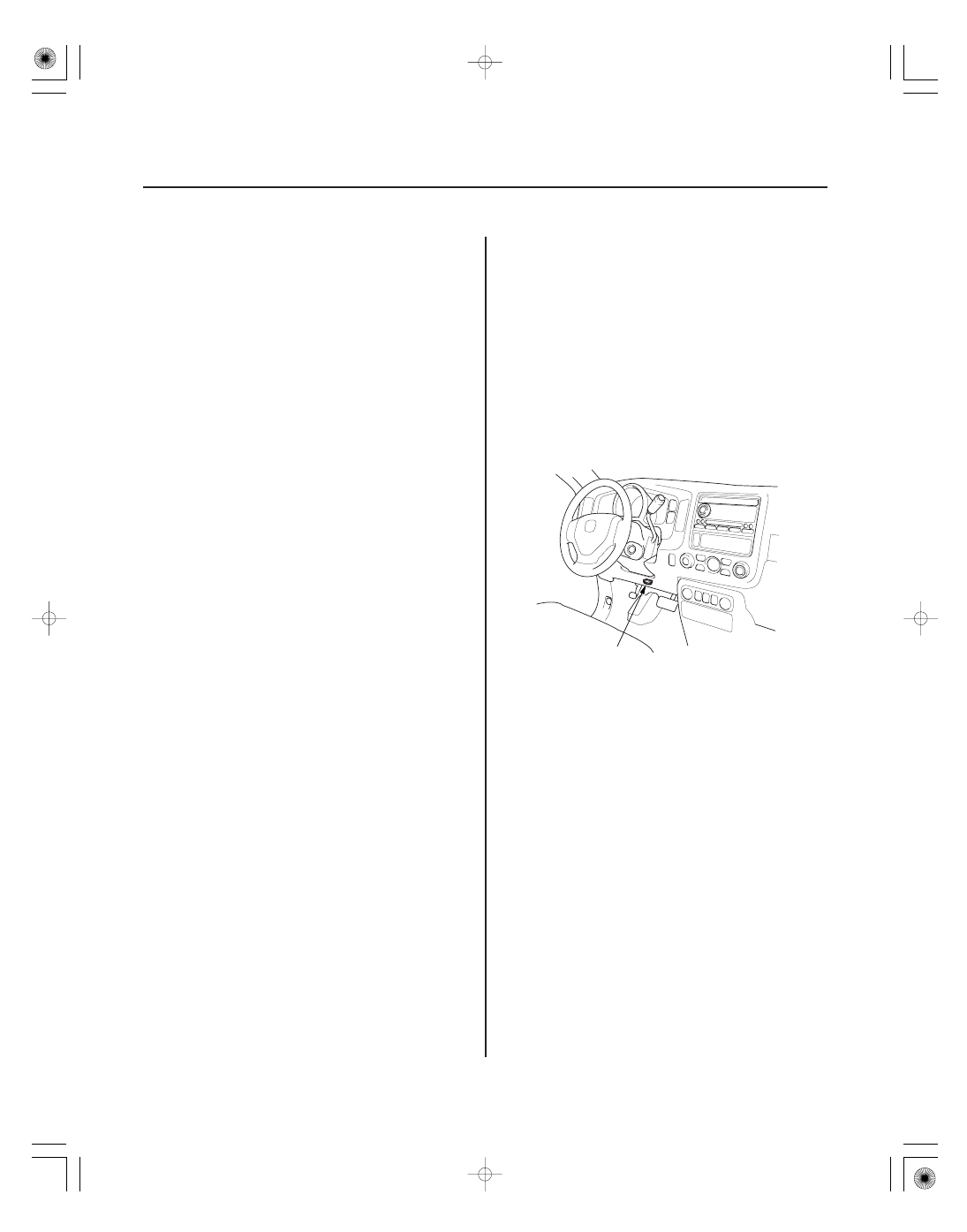Honda Ridgeline. Manual - part 61

*04
Substituting the PCM
Special Tools Required
11-8
Fuel and Emissions Systems
General Troubleshooting Information (cont’d)
A
7. If the software in the PCM is the latest, disconnect
the HDS/HIM from the DLC, and go back to the
procedure that you were doing. If the software in
the PCM is not the latest, follow the instructions on
the screen. If prompted to choose the PGM-FI
system or the A/T system, make sure you update
both.
NOTE: If the PCM update system requires you to
cool the PCM, follow the screen prompts. If you run
into a problem (programming takes over
15 minutes, status bar goes over 100 %, D or
immobilizer light flashes, HDS tablet freezes, etc.)
during the update procedure, follow these steps to
minimize the chance of damaging the PCM:
• Leave the ignition switch in the ‘‘ON (II)’’ position.
• Connect a jumper battery (do not connect a
battery charger).
• Shut down the HDS.
• Disconnect the HDS from the DLC.
• Reboot the HDS.
• Reconnect the HDS to the DLC, and try the
update procedure again.
8. If the TP POSITION CHECK failed in step 6, clean
the throttle body (see page 11-314).
9. Do the PCM idle learn procedure (see page 11-273).
10. Do the crank (CKP) pattern learn procedure.
• Honda diagnostic system (HDS) tablet tester
• Honda interface module (HIM) and an iN workstation
with HDS and CM update software
• HDS pocket tester
• GNA-600 and an iN workstation with HDS and CM
update software
NOTE: Use this procedure when you have to substitute
a known-good PCM during troubleshooting procedures.
1. Connect the HDS to the data link connector (DLC)
(A) located under the driver’s side of the dashboard.
2. Turn the ignition switch ON (II).
3. Make sure the HDS communicates with the PCM
and other vehicle systems. If it doesn’t, go to the
DLC circuit troubleshooting (see page 11-194). If
you are returning from DLC circuit troubleshooting,
skip step 4 to 8, then clean the throttle body after
substituting the PCM (see page 11-314).
4. Select the INSPECTION MENU with the HDS.
5. Select the ETCS TEST, then select the TP POSITION
CHECK, and follow the screen prompts.
NOTE: If the TP POSITION CHECK indicates FAILED,
continue this procedure.
6. Jump the SCS line with the HDS.